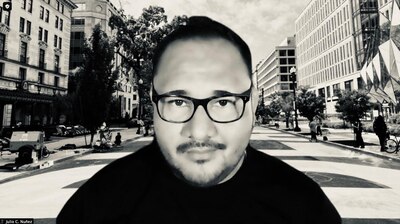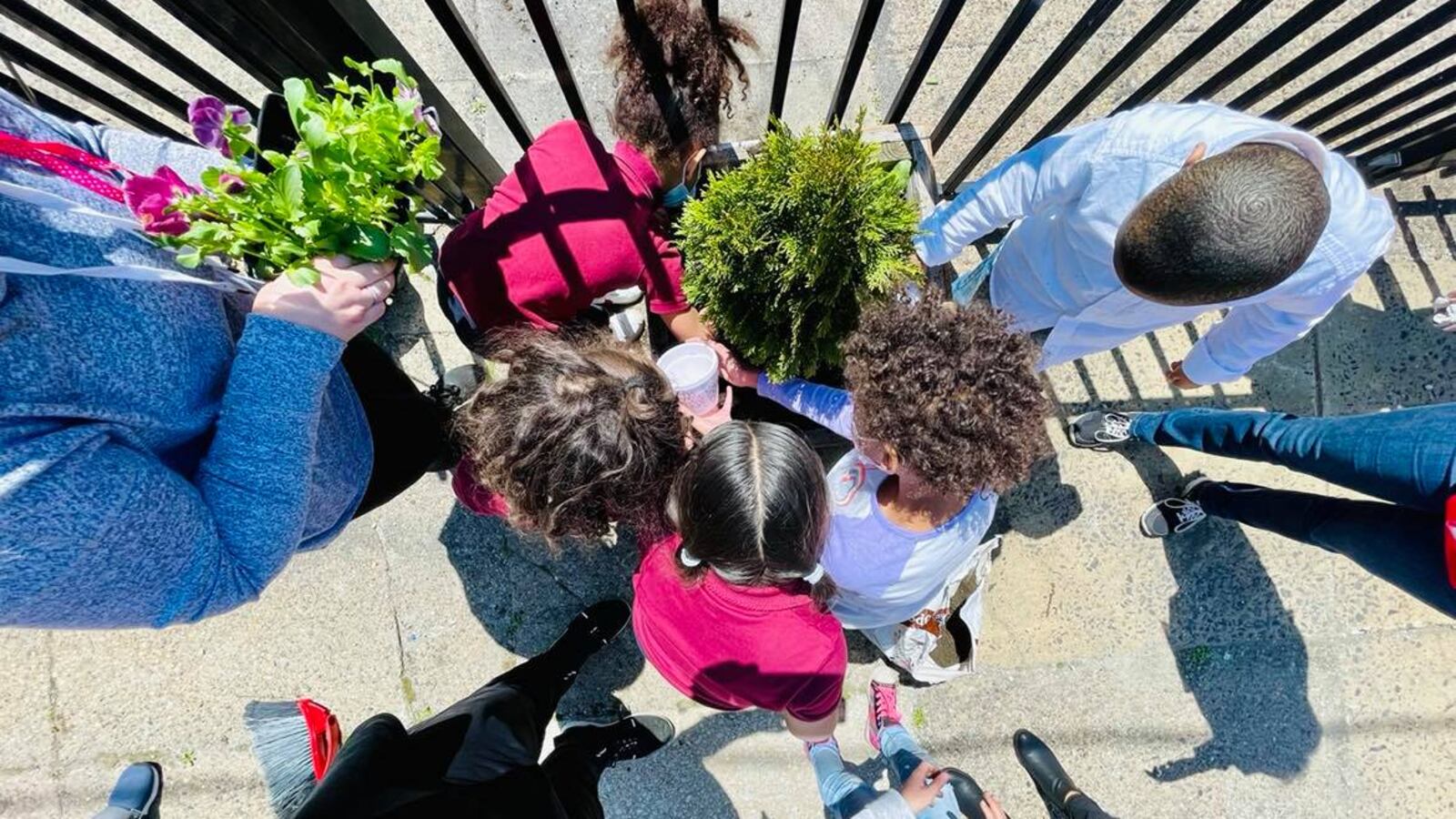“Sofía is not returning,” reads a text from one of my teachers four days before the first day of school.
Three months prior, in mid-June, one of our parents, a single mom, informed us that she was moving out of state. It would be the last day at Sheridan for her three daughters. Her message to me: “Kensington is not good for their mental health. It is not a safe place to raise children anymore. It is not good for my mental health.”
Over the summer, we received similar messages from families. We love your school, they told us, but the area has gotten unlivable. The downward trend in enrollment has accelerated, despite the outsized efforts of our staff to convince families to stay.
In the last three years, nearly 300 students and their families have chosen safer grounds. We don’t blame them. The safety concerns are present in our families’ minds due to the historic level of gun violence and the propagation of open-air drug markets and public drug use and abuse.
So how does one teach and lead and prioritize student well-being knowing this disheartening fact? Perhaps more pressing, how does one prepare to welcome students back after nearly 18 months out of the building?

We do it by narrowing our focus while widening our aperture, by immersing ourselves in what we do best: teaching young minds. This time, however, we do so with a heavy emphasis on their stories as a basis for planning. Morning meeting topics, for example, are centered around issues that affect our students, and questions and discussions draw from the perspectives and experiences they bring into the classroom.
At the same time, we deliberately seek to learn as much as possible about the neighborhood, its residents, and community assets, such agencies providing vital support. We work to engage public officials and enlist them in neighborhood revitalization efforts. We believe this is part of our role as educators.
A common misconception is that schools begin preparing for the new school year a week or two before students return. In my experience, school leaders and teachers have always started planning for the next school year in the spring — looking at projected needs, resources, talent, and facilities. In the age of COVID, schools have additional safety concerns and need additional contingency plans.
During the latter part of the summer, we discuss more granular matters of school operations, such as how to prepare for an open house in the middle of a partial building renovation and neighborhood public works. We considered questions such as, Should kids keep masks on during recess? What will be the best foot traffic flow during arrival, dismissal, and lunch? The questions we wrestle with have become best friends with our insomnia. The safety of students and staff weighs on us in normal times, but the pandemic has significantly increased the burden.
A week prior to students returning, school leaders prepare to welcome staff. This is the week when the imbalance between the number of tasks due and the time to complete them becomes evident. We do this work in the often sweltering heat, as air conditioning remains elusive.
We push through. “Why hasn’t the trash been picked up?” “We have an open house in just 24 hours.” “It won’t be picked up tomorrow!” is the chatter over the walkie. The morning of the open house, the city’s electric grid tried to shake our “game on” attitudes. After several rounds of power outages during the early morning, the power decided to stick around.
Teachers remain focused on their intellectual preparation and their teaching spaces. At our school, they are introduced to newly culturally responsive English language arts and math curriculums. A great first draft. Enduring Zoom meetings in classrooms that are 90 degrees or hotter are evidence of teachers’ commitment to their profession. They get through them and in the best of cases, loud fans roar in the background.
In our staff trainings, we have added what we feel is missing from our district-wide professional development, not just topics of race and equity, implicit biases, and empathy expansion, but more importantly, how to turn that knowledge into action. This work is a matter of survival for our school. If educators do not learn to operationalize the new knowledge, schools will continue to fail the most marginalized students.
There is an infectious level of excitement among the team. The alternative is not acceptable or sustainable. We know the level of trauma we are going to encounter could bring even the strongest to their knees. We have mastered the art of compartmentalization.
As our school gets ready to embrace new strategies with the goal of becoming more racially equitable and responsive, we are in the process of changing the school’s name to something that more closely reflects the community’s identity and spirit. Philip H. Sheridan serves more as a reminder of historical transgressions against people of color. We are adding a dual-language program to keep the connections between our students and their heritage, and, of course, growing from a K-4 elementary to include fifth grade and serve those students who travel far to get to other schools that offer it.
The challenge that remains for educators in my school, and those in the area, is in managing to keep the spirits up when we all see the community burning and hear the pain Kensington residents endure daily. Sofía’s parents, as all parents in our community, want the same things parents elsewhere want: a safe place to live and opportunities for their children to thrive. The word “Kensington” is an antonym to those ideas right now.
The steep decline in enrollment that my school has experienced over the past decade is not because we were not teaching, strategizing, preparing, adapting, and changing. Rather, it is because the rest of the city, including its leaders, was not fully engaged. Being present at community meetings and really listening to the concerns goes a long way, even when residents know the resources are scarce. Declaring an emergency for an emergency situation is not overreacting; it is being responsive.
We’ll know that our community’s plight has the right priority when Norris Square is given the same importance as Rittenhouse Square. School leaders often hear, “The answer is in the room.” I say that the answer is in the city. But only if we all have the courage to seek it.
Julio C. Nuñez has taught and led schools in Philadelphia for the past 12 years, He is the founding principal and CEO of Independence Charter School West. He currently serves as assistant principal of Philip H. Sheridan in Philadelphia.


